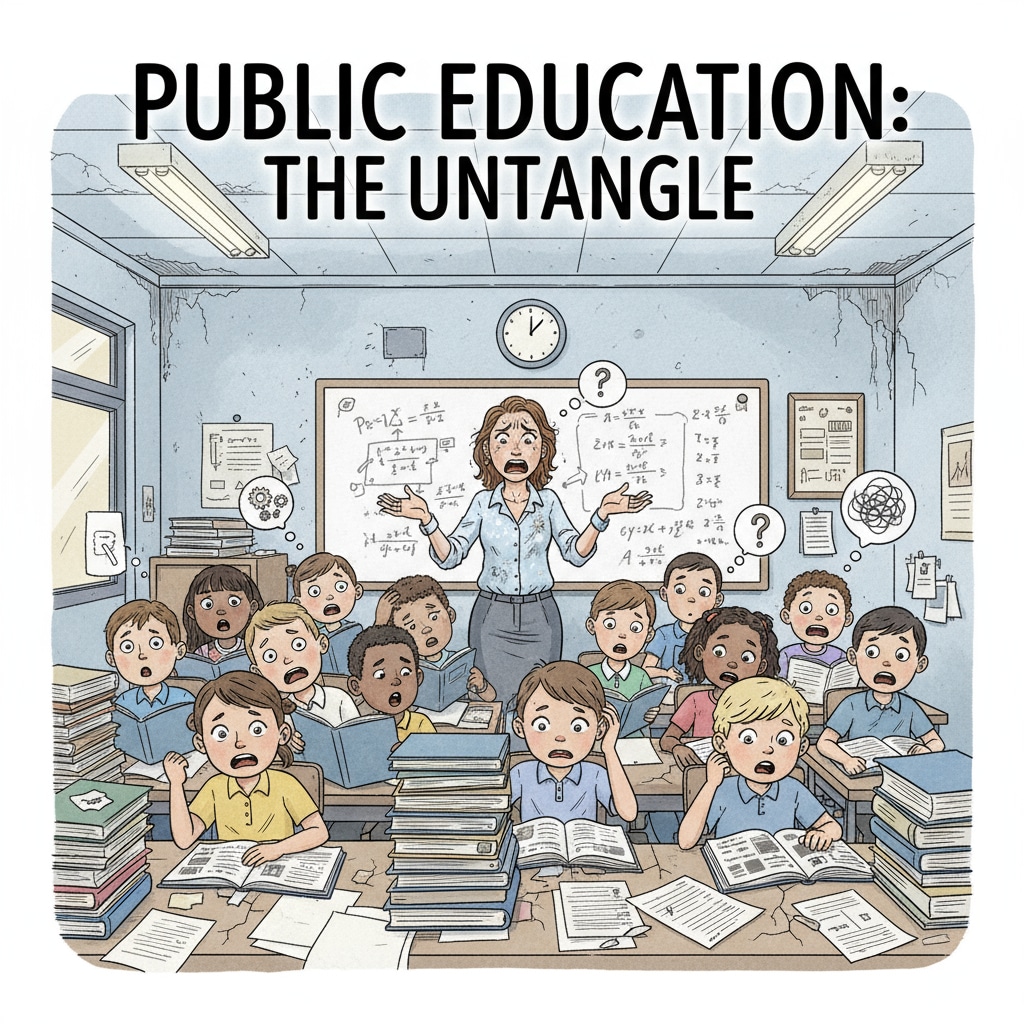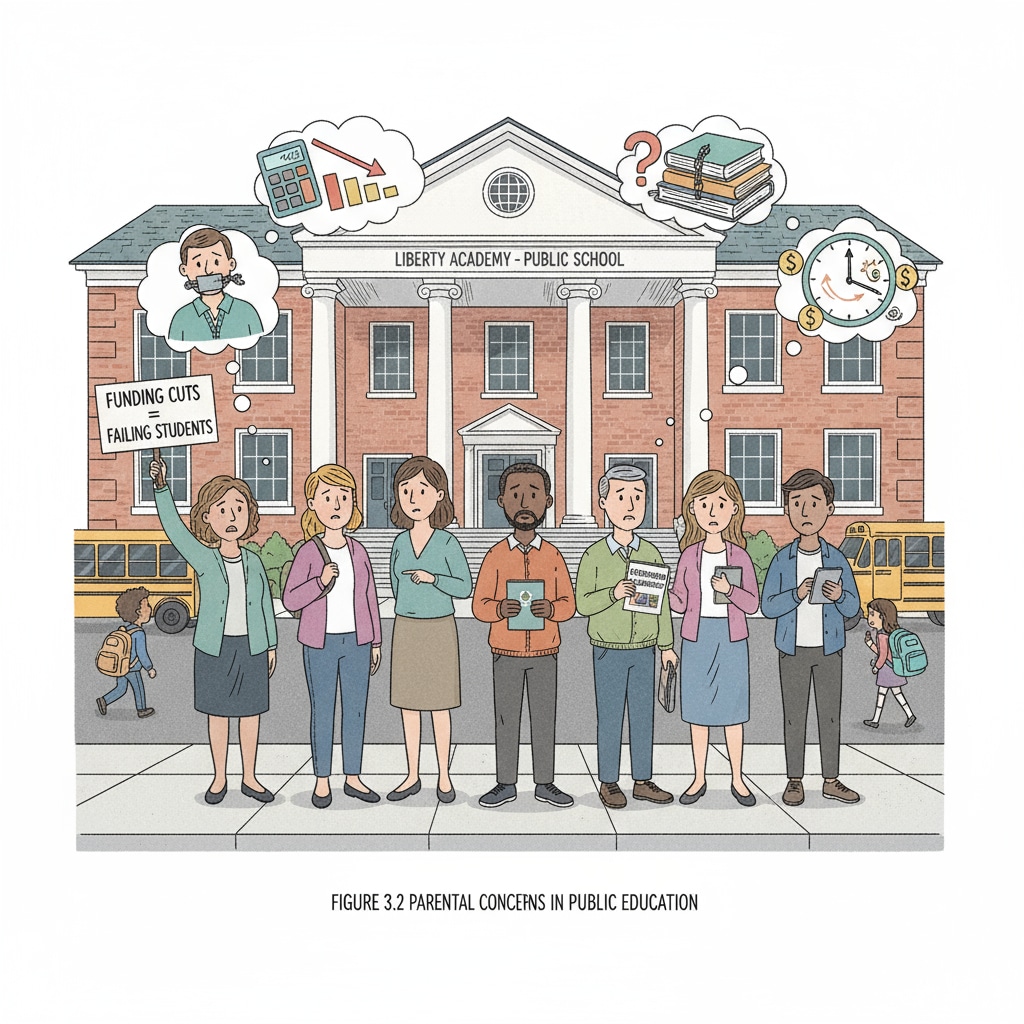The US public education system has long been a cornerstone of American society, but it currently grapples with a host of issues, including parent complaints and teacher dilemmas. These problems not only affect the quality of education but also the well-being of students, parents, and educators.

As we analyze the viewpoints of parents, teachers, and society at large, it becomes evident that there is a significant gap between public perception and the actual state of affairs.
The Parent Perspective
Parents play a crucial role in the education of their children. In the US public education system, many parents have voiced concerns about various aspects. For example, some parents complain about the standardized testing culture. They believe that an overemphasis on tests, as described by Education Week, takes away valuable time from actual learning. Instead of fostering creativity and critical thinking, students are drilled to perform well on these tests. Additionally, parents are worried about the lack of individualized attention their children receive in large classrooms. With a high student-to-teacher ratio in many public schools, it’s difficult for teachers to cater to the unique needs of each student.

The Teacher Dilemmas
Teachers are on the front lines of the public education system, and they face numerous dilemmas. One of the major issues is the low pay. According to the National Center for Education Statistics, compared to other professions with similar educational requirements, teachers in the US often earn significantly less. This not only makes it challenging to attract top talent to the teaching profession but also leads to high teacher turnover rates. Moreover, teachers are under increasing pressure to meet high-stakes testing requirements and administrative demands. This leaves them with less time to focus on innovative teaching methods and building relationships with students.
Beyond the issues faced by parents and teachers, there are systemic problems within the US public education system. Funding disparities between different school districts are a major concern. Wealthy areas can afford to provide better resources, smaller class sizes, and more extracurricular activities, while disadvantaged areas struggle with outdated facilities and limited educational opportunities. Another problem is the curriculum. There is a lack of coherence and alignment across different states and districts, making it difficult for students to have a seamless educational experience.
To address these issues, it’s essential to have a comprehensive approach. First, policymakers need to reevaluate the funding model to ensure more equitable distribution of resources. This could involve increasing state and federal funding for disadvantaged schools. Second, efforts should be made to reduce the burden on teachers. This might include providing more professional development opportunities, reducing administrative tasks, and increasing pay. Finally, parents, teachers, and policymakers need to work together to develop a more student-centered curriculum that focuses on holistic development rather than just test scores. By bridging the gap between public perception and reality, the US public education system can move towards a brighter future, where every student has access to a quality education.
Readability guidance: We have used short paragraphs and lists to summarize key points. Each H2 section provides a list of issues. The passive语态 has been kept to a minimum, and long sentences are carefully balanced. Transition words like ‘for example’, ‘additionally’,’moreover’ have been used throughout the article to enhance readability.


